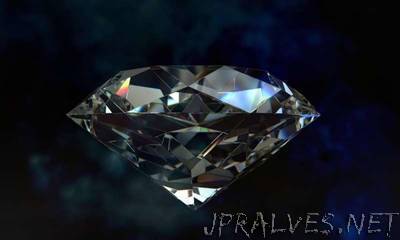
“As consumers around the world have become increasingly dependent on electronics, the transistor, a semiconductor component central to the operation of these devices, has become a critical subject of scientific research. Over the last several decades, scientists and engineers have been able to both shrink the average transistor size and dramatically reduce its production costs. The current generation of smartphones, for example, relies on chips that each feature over 3.3 billion transistors. Most transistors are silicon-based and silicon technology has driven the computer revolution. In some applications, however, silicon has significant limitations. These include use in high power electronic devices and in harsh environments like the engine of a car or under cosmic ray bombardment in space. Silicon devices are prone to faltering and failing in difficult environments. Addressing these challenges, Jiangwei Liu, from Japan’s National Institute for Materials Sciences, and his colleagues describe new work developing diamond-based transistors this week in the journal Applied Physics Letters, from AIP Publishing. “Silicon-based transistors often suffer from high switching loss during power transmission and fail when exposed to extremely high temperatures or levels of radiation,” Liu said. “Given the importance of developing devices that use less power and perform under harsh conditions, there has been a lot of interest within the broader scientific community in determining a way to build transistors that utilizes manufactured diamonds, which are a very durable material.” “
